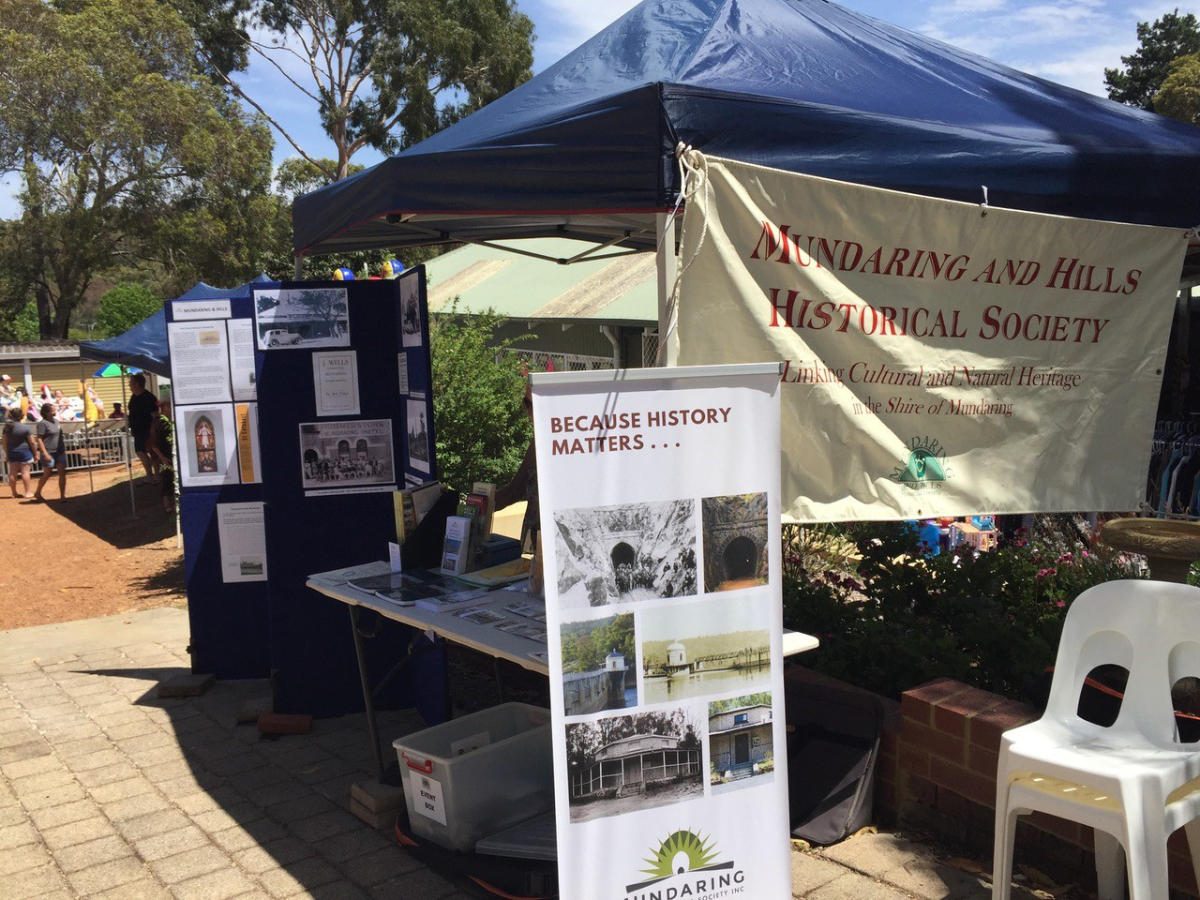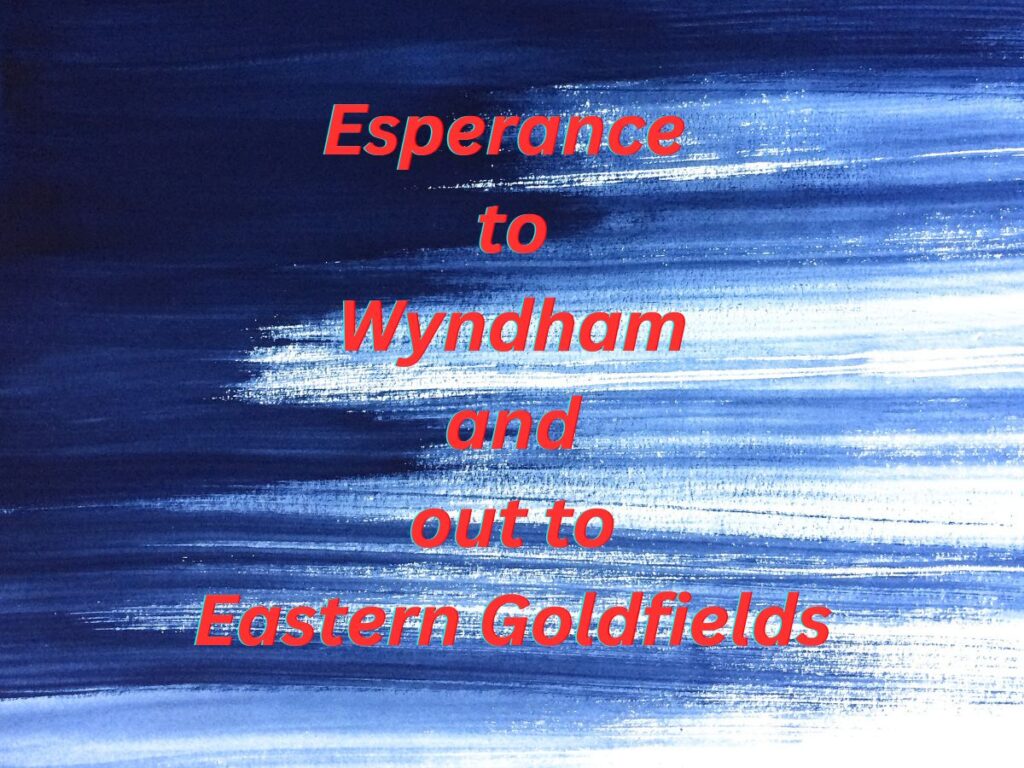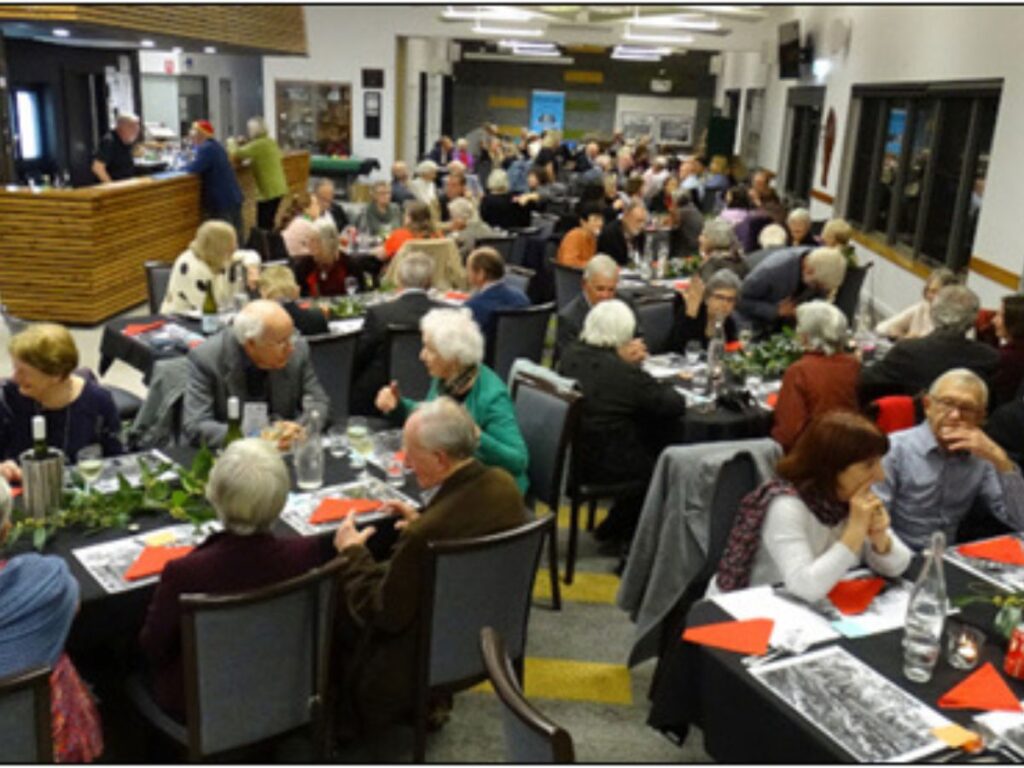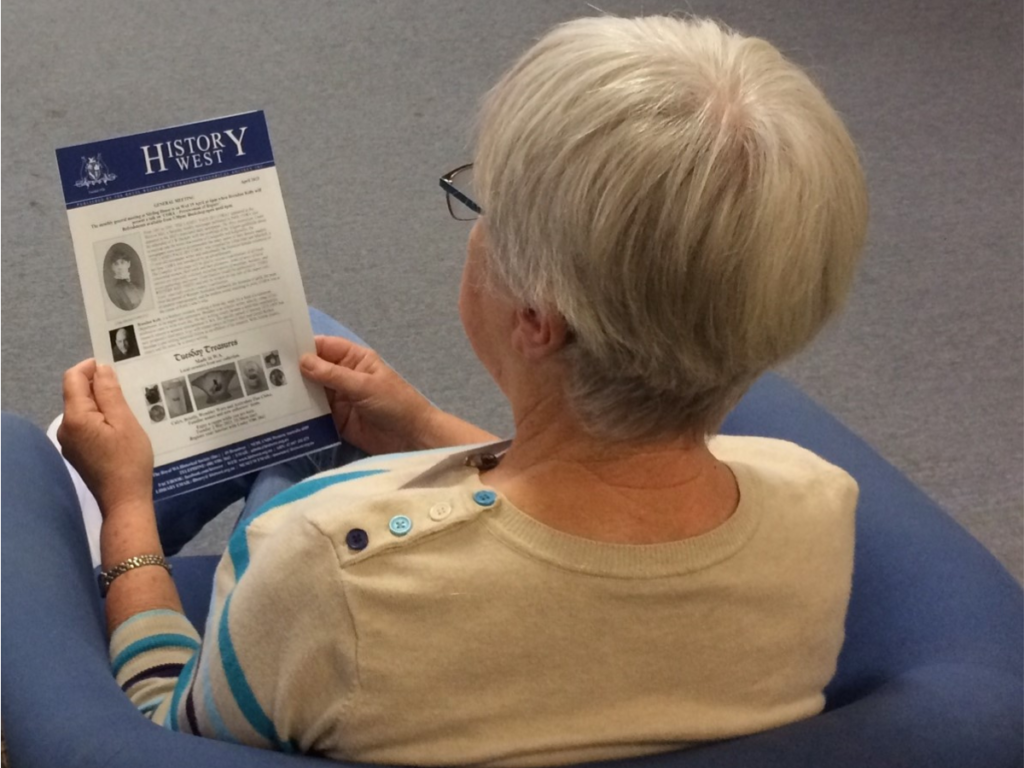Affiliated Societies’ News Form
Affiliated Societies are invited to take advantage of this facility that the Society has provided to submit news items by completing the Affiliates Societies’ News Form
News
Affiliates Newsletters
Bridgetown Historical Society Inc.
BHS will be conducting our popular Ghost Walks during the Bridgetown Winter Festival. Winter months, when it’s cold and foggy are the best time to experience a Ghost Walk. You will meet up with some of the people of long ago who have stories to tell.
The dates are:
Friday 5th and Saturday 6th July
Friday 12th and Saturday 13th July
Bookings can be made on TryBooking. https://www.trybooking.com
Adults $10pp, Children $5pp, Family (2 adults, 2 children under 16) $25
The Walks start at the Bridgetown Police Station Museum at 7pm and go on for about an hour, end back at the Museum where hot drinks and biscuits are available.
Numbers are limited to 50 and 2023 Ghost Walks were a sellout. People came from far and wide.
Enquiries: 0487 592 704
The Littler Bottler from the Colonial Bottle & Collector Club adds to its series of articles on the many aerated water manufacturers in WA in the late 19th and early 20th centuries with an account of the Eureka Aerated Water & Cordial Works in Leonora, originally owned by an early Leonora identity, Christian Alfred Andresen.
Koorabup, Denmark Historical Society’s journal, includes many photographs of the successful exhibition of Bert Saw’s photographs held over the new year period. More than 900 people enjoyed the display.
How times change! Fremantle History Society runs a lively column named ‘Treasures from Trove’ and has featured an editorial in the Fremantle Herald in 1920 demanding ‘Down with the stone walls’ and insisting on the need to demolish the former Gaol and Lunatic Asylum: ‘…the Stone Walls of Fremantle are unpleasant links with an evil past’. Now these heritage buildings are greatly valued and help to give Fremantle its unique appeal.
Kalamunda & Districts Historical Society’s Bulletin reports the end of a Kalamunda institution — Crabbs of Kalamunda, a popular local grocery shop for 85 years. It began as a small corner store in 1934, grew and shifted location, modernised and innovated, adding a butcher’s shop and delicatessen, and finally becoming a supermarket, trading as Foodland, Foodmaster, Super-Valu and IGA. The family business closed its doors in February this year. Owners Jim and Ada Crabb always supported the local community and helped people who faced difficulties. Now the historical society has preserved a record of this important community business and the lives of this hard-working and generous couple.
Congratulations to the Mandurah Historical Society on its 50th birthday. The Society mounted a photographic display depicting ‘The Past, Present and Future’ of the Peel/Mandurah region and welcomed all interested. Our good wishes for the next 50!
Maritime Heritage Association Journal reports a further discovery by Barbara and Ross Shardlow of a forgotten painting — another watercolour of HMS Diadem by Albany maritime artist C J Batelier, painted in 1904.
Mundaring & Hills Historical Society was pleased with the success of opening the Mundaring Station Master’s House for Rotary’s Twilight Markets. Over 200 visitors looked through the house where items belonging to past stationmasters were displayed as well as various objects from the Society’s collection. A quiz – ‘guess the age of the wedding dress’ – also proved popular.
Rockingham District Historical Society is working to support those who want to save Saw House in Parkin St from threatened demolition.
Walpole Nornalup & District Historical Society’s newsletter The Walpolian remembers the tiny schools of the district — nos 1, 2 & 3 — all established in the early 1930s for group settlers’ children. As well as educating the children, the schools provided the venues for concerts, dances and socials for the small communities. Children rode to school by bicycle or on horseback or walked, sometimes up to five miles. After the war the schools were consolidated in Walpole.
Family History WA’s journal Western Ancestor contains an article that will interest readers; it is the first of a two-part series on the life of Henry Couper Castilla. The concluding part will follow in a subsequent issue. A civil engineer, Castilla migrated with his brother from Scotland in 1886. It was an excellent time for a trained engineer to arrive in WA and he quickly found employment with the Public Works Dept (PWD). He became Perth City Engineer & Surveyor in 1892 where he focused on road paving, building an infectious diseases hospital at Subiaco, developing Queen’s Gardens, and building Mends St jetty. His record was impressive but he did not have the support of all city councillors and a committee of investigation resulted in his position being re-advertised in 1896. He found other employment quickly and became an Assistant Engineer PWD where he remained from 1896 to his retirement in 1922. At PWD he was involved in essential public works around the state — rail and bridge construction, sewerage and drainage, water supply, and soldier settlement infrastructure. That provocative newspaper the Sunday Times labeled him ‘A High-and-Mighty Official’, indicating that he liked to have his own way. Nevertheless his contribution to essential public works in the early 20th century was significant and it is pleasing to see his career recorded.




